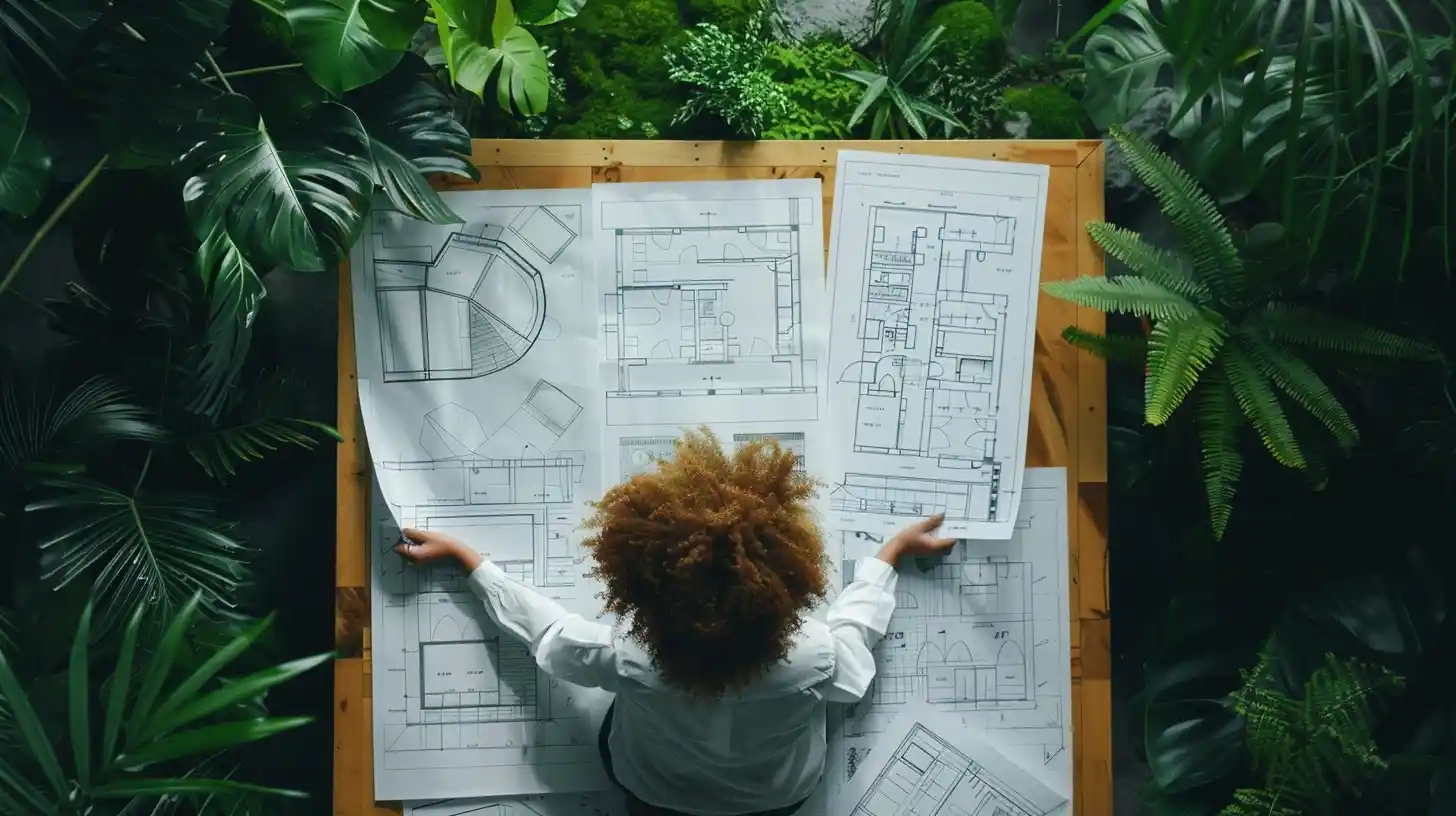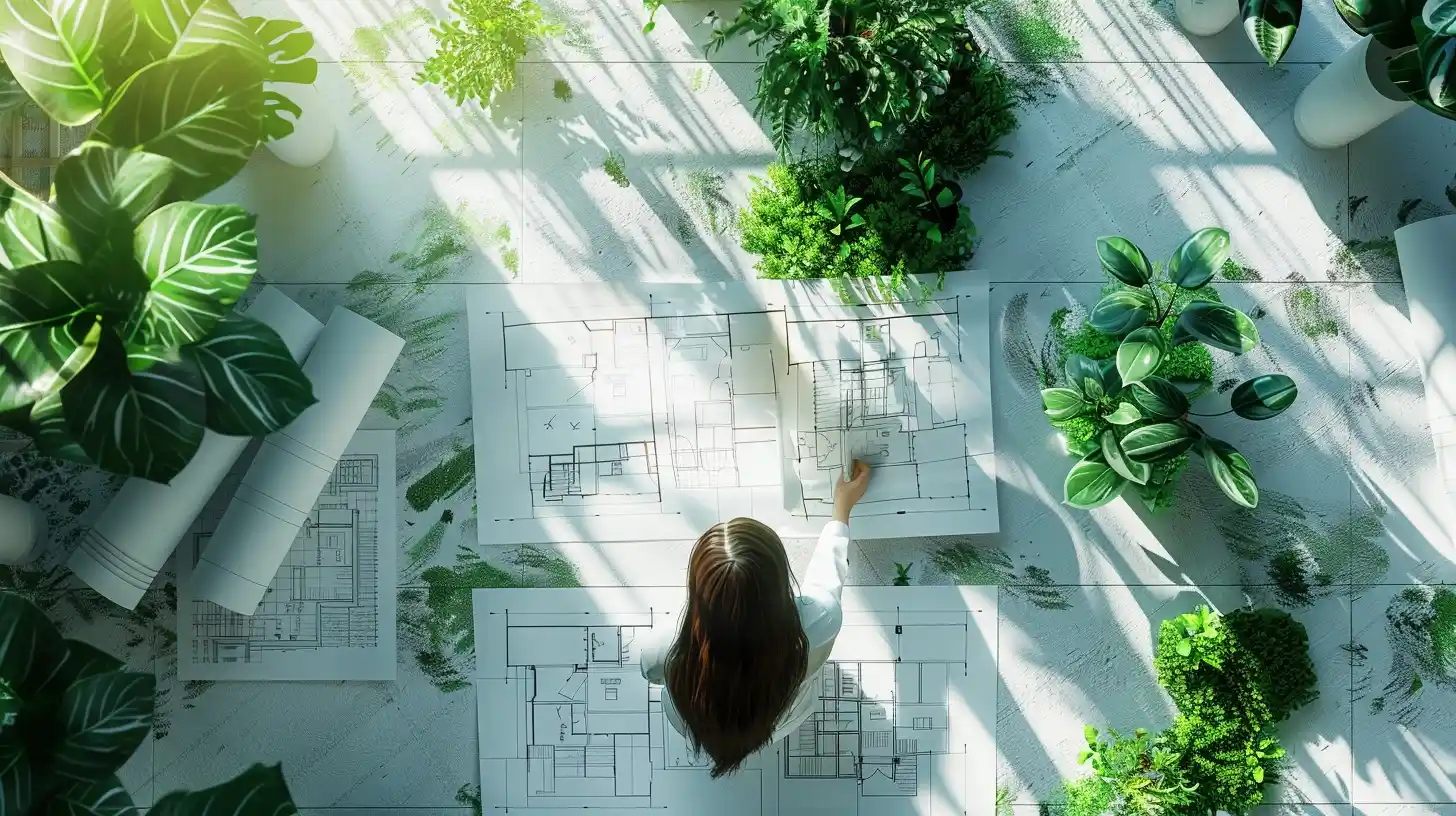
The Impact of Architecture on Mental Health and Wellbeing

Architecture isn’t just about buildings; it’s about how those buildings make us feel. Have you ever walked into a space and immediately felt calm, inspired, or uplifted? That’s the power of architecture on our mental health and wellbeing. From the layout of a room to the materials used, every aspect of architectural design can influence our mood and emotions.

Latest
Other Topics
Effects of Architecture on Mental Health
Consider this: exposure to natural light has been shown to improve mood, reduce stress levels, and support circadian rhythms. Buildings with large windows, skylights, and other forms of natural light can help to promote a sense of well-being and connection to the outside world. Noise pollution is another factor. In busy urban areas, excessive noise can be a stressor, affecting mental health. Thoughtful architectural design can help to mitigate noise levels and create more serene spaces. By considering factors like building location, soundproofing materials, and acoustic considerations, architects can contribute to a calmer environment that supports mental well-being.

How Architecture Affects Human Mood
Our surroundings significantly influence our mood, emotions, and overall well-being. Beautiful environments can inspire awe and completely elevate our moods. Similarly, ergonomic design fosters our physical comfort. Spaces reflective of nature promote tranquility, and intuitive layouts reduce stress. It’s no wonder that people seek out spaces that make them feel good, whether it’s a cozy café or a peaceful park. Architecture plays a vital role in creating these environments, shaping our experiences and impacting our mental health.

Creating Architecture That Is Mental Health-Friendly
Now that we understand the profound impact architecture can have on our mental health, let’s explore how we can harness this power to create spaces that promote wellbeing.
Designing with Nature in Mind
One of the most effective ways to enhance mental health through architecture is by integrating elements of nature into design. Research shows that exposure to natural elements like sunlight, plants, and green spaces can have significant positive effects on our mood and overall wellbeing. When designing a space, consider incorporating features such as large windows to maximize natural light, indoor plants to improve air quality, and outdoor areas for relaxation and contemplation. By bringing the outdoors in, you can create environments that foster a sense of calm and connection to nature, promoting mental health.

Prioritizing Social Interaction
Human connection is essential for mental wellbeing, and architectural design can play a crucial role in facilitating social interaction. Spaces that encourage collaboration, communication, and community engagement can help combat feelings of isolation and loneliness. Consider incorporating communal areas, such as shared workspaces, community gardens, or gathering spaces, where people can come together, connect, and support one another. By prioritizing social interaction in design, you can create environments that promote a sense of belonging and foster positive relationships, which are vital for mental health.

Promoting Mindfulness and Relaxation
In today’s fast-paced world, stress and anxiety are pervasive issues that can take a toll on mental health. Architecture can provide opportunities for mindfulness and relaxation, offering refuge from the demands of daily life. Design features such as quiet zones, meditation rooms, or outdoor retreats can provide spaces for people to decompress, recharge, and practice self-care. By incorporating elements that promote relaxation and stress reduction, you can create environments that support mental wellbeing and help people find balance in their lives.

Addressing Mental Health Challenges Through Design
Architecture has the potential to address specific mental health challenges by implementing innovative design solutions tailored to individual needs. Let’s explore some common mental health issues and how architecture can help mitigate them.
Reducing Stress and Anxiety
Stress and anxiety are prevalent issues that can negatively impact mental health. In architectural design, creating environments that prioritize stress reduction is essential. Incorporating features such as natural light, soothing color palettes, and comfortable furnishings can create spaces that promote relaxation and calm. Additionally, thoughtful layout and spatial organization can reduce feelings of claustrophobia and promote a sense of openness and ease. By designing spaces with stress reduction in mind, architects can contribute to improved mental well-being for occupants.

Improving Cognitive Function
Architecture can also influence cognitive function, including attention, memory, and problem-solving skills. By designing environments that support cognitive function, architects can enhance mental clarity and productivity. Features such as ample natural light, good ventilation, and ergonomic furniture can create spaces that promote focus and concentration. Additionally, incorporating elements of biophilic design, such as views of nature and natural materials, can improve cognitive performance and overall brain health. Architects can create environments that support mental acuity and performance by prioritizing cognitive function in design.

Fostering Emotional Wellbeing
Emotional wellbeing is a critical aspect of mental health, and architecture can play a significant role in fostering positive emotions and resilience. Designing spaces that evoke feelings of joy, inspiration, and comfort can contribute to emotional wellbeing. Consider incorporating elements such as artwork, natural textures, and meaningful design details that resonate with occupants on an emotional level. Additionally, creating spaces that offer opportunities for self-expression, creativity, and personalization can enhance emotional connection and satisfaction. By prioritizing emotional well-being in design, architects can create environments that support holistic mental health for occupants.

Final Words
Architects have a unique opportunity to advocate for policy changes and design standards that prioritize mental health and wellbeing. By advocating for design guidelines that promote access to nature, daylight, and social interaction, architects can help create environments that support mental health for everyone. Creating architecture that supports mental health and wellbeing requires a collaborative approach that involves architects, mental health professionals, and community stakeholders. By working together, we can create inclusive and supportive environments that promote mental health for all. If you’re ready to prioritize mental health in your next architectural project, contact Designs Boss today to get started on your journey towards creating spaces that promote wellbeing for everyone.


